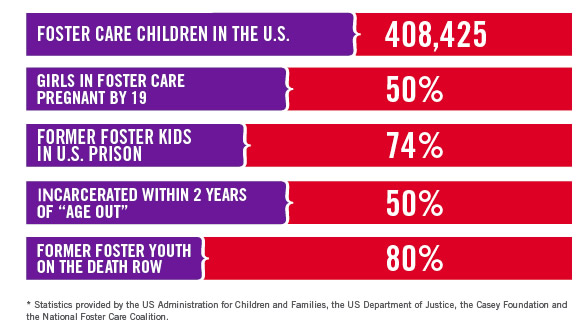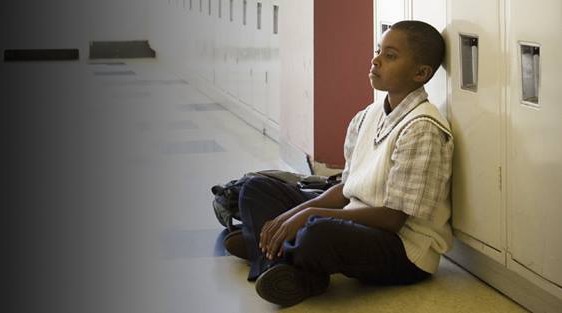High Hopes For Hennepin County’s New Child Protection Model (keeping up with reports of abuse)
Today’s heartening Star Tribune article gave me hope that I’ve not had in decades for the saving of abused and neglected children from extended traumas and ruined lives.
“No longer will a child need to endure maltreatment before they get social services in Minnesota’s most populous county, an unprecedented step in the state”.
Thank you Task Force on Child Protection, Safe Passage For Children, Governor Dayton and all the legislators and supporters standing for the weakest and most vulnerable children in our community.
Additional funding for staff, reduced caseloads, responding to child abuse reports at all hours (including weekends) and focusing on the child’s well-being instead of the crisis mode required after traumatic abuse has been endured (usually for years) will make a huge difference in the lives of these kids.
By making services available to struggling families and insuring that very young children reported as abused receive face-to-face assessments and the help they need, we will be interrupting patterns of behavior that can ruin a child’s life forever and making their lives safer and happier.
The ACE’s (Adverse Child Experience) medical studies have proven the negative mental health outcomes of childhood trauma.





